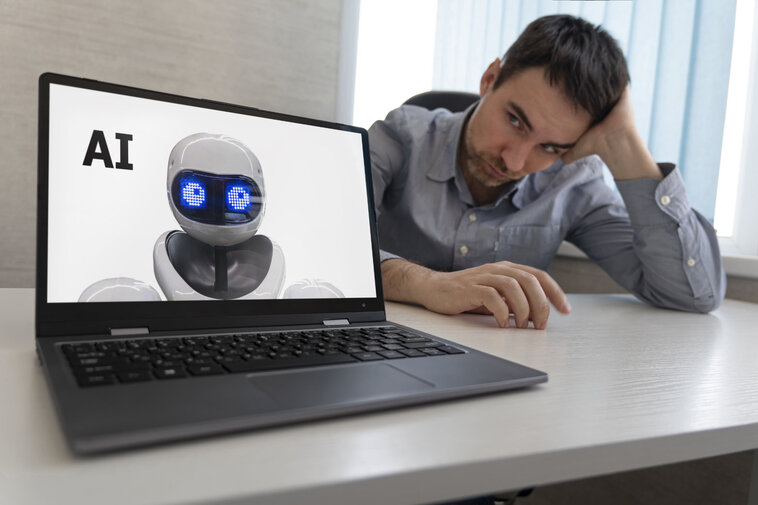
Professional Blunders: Why a Complete Partition into Equivalence Classes Matters
It’s 2001. I’m sitting in Building 9 on Microsoft’s main campus in Redmond, and my team is working hard on version 1.1 of the .NET Framework.
Go to content|Go to the main menu|Go to search

When you have a visionary mind and/or a touch of ADHD, you may realize at some point that you cannot follow through with all ideas you get—because (so far) you can't try out or build them all in the time you have.
An app that lets you control your slides and zoom your webcam feed from picture-in-picture to fullscreen using gestures. I wanted to try out some open-source gesture recognition library in Python. Also, with all these online meetings and presentations, it just feels right to maintain visual connection with your audience—especially when you want them to focus on something important.
About an hour of ChatGPT banter (can't even remember which version it was, ten weeks ago feels like a decade), then a bit of tweaking the gesture recognition math—specifically which region of the webcam feed gets interpreted as a valid gesture, taking into account different distances between the presenter and the camera. Three free ChatGPT image generations later, and voilà— we have digital kittens for the demo presentation.
I once heard you need to do something for 10,000 hours to get good at it. Or maybe just repeat it 10,000 times? Tai chi, kung fu, kung pao, and whatever else. How long would it take to do 10,000 push-ups? Sounds like I might need a push-up counter app. 😊
A single HTML file app, super portable—because it runs in any browser. I already knew the name of the library that tracks 33 points on the body (MediaPipe Pose Landmarker), and ChatGPT told me it works with JavaScript too. So, abracadabra—let’s fire up the webcam and make it count my push-ups!https://ai.google.dev/edge/mediapipe/solutions/vision/pose_landmarker
Roughly 2 hours of conversation with ChatGPT, followed by some refining of the click recognition math—which it almost got right on its own.
When we code together, I try to keep the entire code in one file—and keep asking for the full thing every time. If a response misses the mark, I’d rather rework the prompt and ask again than request a fix. After ten back-and-forths max, I grab the code and make a run for it—start a new convo. Same if it drops a "Put your implementation here" in the middle of the script.
And most importantly—be polite! “Please,” “thank you,” a bit of praise now and then. Warm politeness might seem wasted on a cold language model, but hey—you never know. If AI ever takes over, it might help to have a solid track record—I mean, database—of respectful behavior. 😊

It’s 2001. I’m sitting in Building 9 on Microsoft’s main campus in Redmond, and my team is working hard on version 1.1 of the .NET Framework.

Zoom in so far that you can see atoms? These days, that’s not a problem.

When OpenAI introduced ChatGPT two years ago, some feared that developers and testers would lose their jobs. But two years on, we can safely say that hasn’t happened. So, where did those predictions go wrong — and what new challenges has AI really brought us?
Thank you for your interest in subscribing to our newsletter! To complete your registration you need to confirm your subscription. We have just sent you a confirmation link to the email address you provided. Please click on this link to complete your registration. If you do not find the email, please check your spam or "Promotions" folder.
